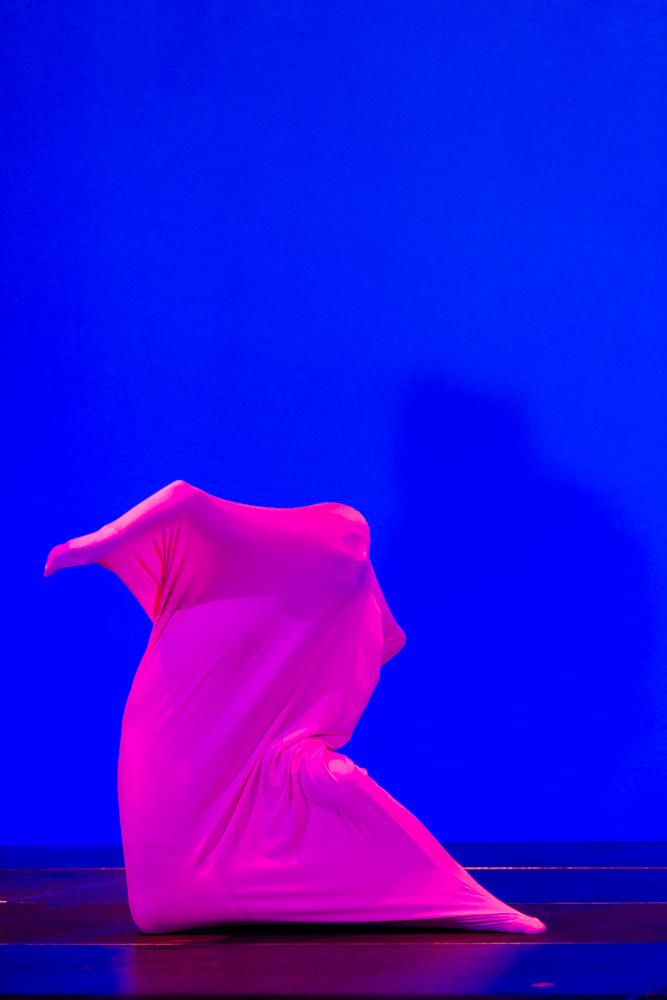A special issue of Studies in Social Justice co-edited by Eliza Chandler, Katie Aubrecht, Esther Ignagni, and Carla Rice
Through reflecting on Cripping the Arts, a symposium held in January 2019 in Toronto, this collection of articles and dispatches reflects on Deaf, mad, and disability arts and culture in Canada from various cripistemological perspectives (Johnson & McRuer, 2014). Cripistemologies seek to ‘know’ disability from the perspectives of disabled people and disability experience.
The articles and dispatches in this special issue position ‘cripping the arts’ – a project that centres disability and desires its disruptions in creating, programming, and experiencing arts and culture – as a political project, one that is connected to disability studies, rights, and justice. As a collection, these pieces demonstrate how representation through arts and culture is a matter of social justice for how it promotes cripistomologies and influence public understanding of the multiple and intersectional experiences Deafhood, madness, and disability through first-person perspectives.
Image description: A performer from Brownton Abbey stretches out a large piece of bright pink fabric, which covers their body. The performer is positioned in a forward motion. The wall behind them is a vibrant blue.
Summaries of each contribution
The special issue begins with a conversation between Vanessa Dion Fletcher (Potawatomi and Lenape) and Max Ferguson. The two artists discuss Dion Fletcher’s performance piece Finding Language: A Word Scavenger Hunt, which she performed at the Cripping the Arts Symposium.
Andrea Lamarre, Carla Rice, and Kayla Besse elaborate on their panel discussion at the Symposium on how the crip cultural practice of Relaxed Performances is changing theatre in Canada.
Becky Gold’s article thinks through the role that interdependent relationships, leadership, and mentorship play in the professional development of disability artists. These are topics explored in the Leadership panel discussion Gold moderated at the Symposium.
Eliza Chandler, Esther Ignagni, and Kimberlee Collins describe and reflect on the process of creating an accessible version of the Symposium’s program.
Mary Bunch’s essay takes up Bruce Horak’s “Through a Tired Eye,” an exhibition mounted at Tangled during the Symposium, as an invitation to think differently about visual art, visuality, and spectatorship through her conception of “blind epistemology”.
Through reflective sketches, Jenelle Rouse offers an account of her experience at the Symposium as a culturally Deaf attendee and artist.
Stephanie Springgay thinks with Vanessa Dion Fletcher’s artistic practice and how it animates feminist Indigenous sovereignty and decolonizes understandings of neurodiversity.
In an interview with Esther Ignagni, artist David Bobier recounts his 30-year history of working in Deaf and disability arts. Bobier and the VibraFusionLab use vibrotactile technologies to centre Deaf and disability experiences and change our cultural interactions.
Christine Kelly and Michael Orsini’s essay reflects on the neoliberal demand for arts organizations to prove their value and impact using metrics.
Chelsea Jones, Nadine Changfoot, and Kirsty Johnson detail the Symposium’s Representation panel they facilitated, in which panelists discussed the politics of representation in arts journalism and possibilities for reviewing Deaf, mad, and disability arts in solidarity with the artists and their communities.
Taeyoon Choi, Aaron Labbe, Annie Segarra, and Syrus Marcus Ware with Elizabeth Sweeney’s dispatch details the artists’ practices and describes how Deaf, mad, and disability art, disabled people, and disability wisdoms are core to envisioning, enacting, and living into the future.







